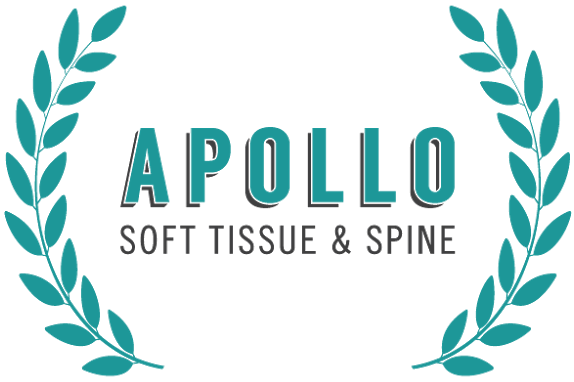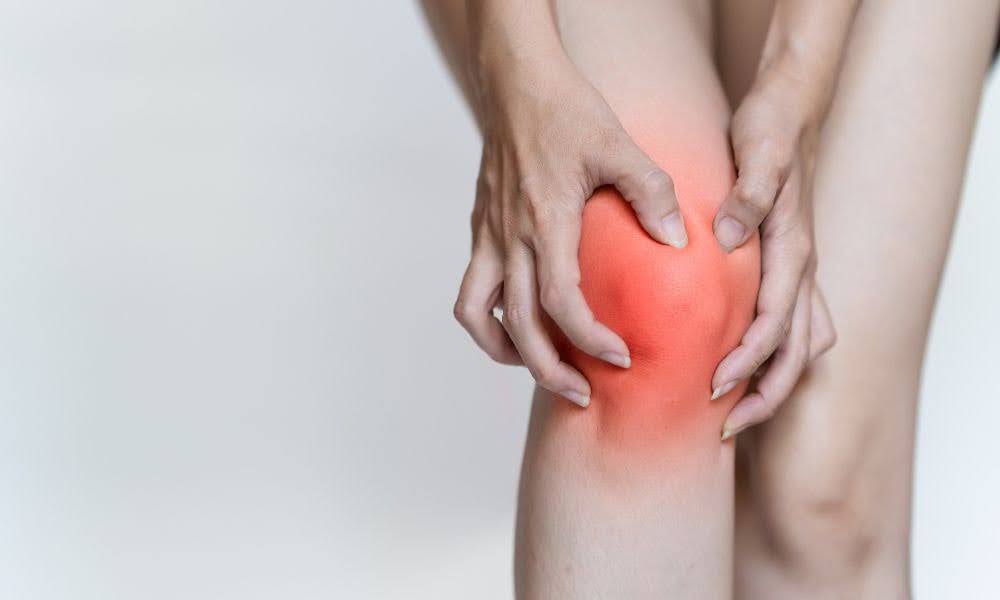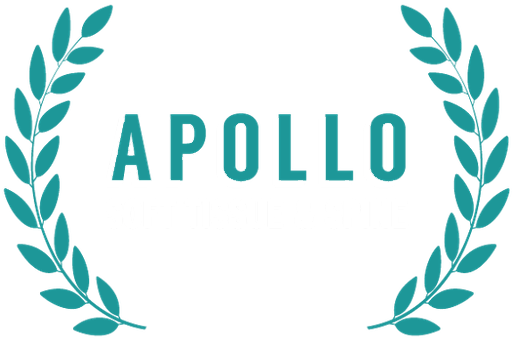Do you feel a persistent, unexplained pain that disrupts your everyday life? If you’ve experienced such discomfort, you might be dealing with nerve adhesions. Nerve adhesions occur when scar tissue forms around nerves, leading to tissue disturbance and affecting their normal function. This condition can result in severe pain, chronic pelvic pain, and abdominal adhesions, significantly impacting your quality of life. Addressing nerve adhesions is vital because untreated adhesions can hinder nerve regeneration and exacerbate chronic pain issues.
This guide is essential as it provides a thorough understanding of nerve adhesions, their symptoms, and effective treatment options. By diving deep into the causes, types, and identification methods, we aim to empower you with the knowledge needed to manage and alleviate this condition. Whether you’re exploring non-surgical treatments or considering surgical options, this covers everything to help you make informed decisions and improve your daily living.
The Basics of Nerve Adhesions
So what are nerve adhesions? Nerve adhesions are bands of scar tissue that form around nerves, causing them to stick to surrounding tissues, leading to significant tissue disturbance, impaired nerve function, and severe pain. These adhesions often develop after surgeries or injuries, where the body’s natural healing process creates scar tissue that inadvertently binds to nerves.
The pathophysiology involves the formation of fibrous tissue as a response to injury or surgery, encasing nerves and leading to chronic inflammation that disrupts normal nerve signaling. This tissue disturbance can cause symptoms ranging from mild discomfort to debilitating chronic pain, depending on the extent and location of the adhesions.
Common Causes and Risk Factors
Nerve adhesions can arise from various causes, with common ones including trauma, surgical procedures, and chronic inflammation. Injuries or surgeries that disturb nerve tissues can trigger the body’s repair mechanisms, resulting in scar tissue formation. Factors such as genetic predisposition, lifestyle choices, and occupational hazards can also increase the risk of developing nerve adhesions.
Types of Nerve Adhesions
Nerve adhesions can be classified into three main types based on their location relative to the nerve:
Perineural Adhesions
Perineural adhesions occur around the outer layer of a nerve, causing the nerve to stick to surrounding tissues. These adhesions can restrict nerve mobility and lead to chronic pain. They commonly affect peripheral nerves, impacting their ability to move freely and function correctly.
Epineural Adhesions
Epineural adhesions involve scar tissue forming around the epineurium, the outermost layer of the nerve itself. This type of adhesion can compress the nerve, leading to impaired function and severe pain. When epineural adhesions occur in spinal nerves, they can result in significant discomfort and functional limitations.
Intra-neural Adhesions
Intra-neural adhesions are the most severe, occurring within the nerve fibers themselves. This type of adhesion can cause significant nerve dysfunction and chronic pain, often requiring more complex treatment approaches. Intra-neural adhesions in the sciatic nerve, for example, can lead to intense pain and mobility issues, significantly affecting daily activities.
Identifying Nerve Adhesions
Nerve adhesions can manifest in a variety of symptoms, often depending on the location and severity of the adhesions forming around the nerves. Common symptoms include persistent, localized pain, tingling, numbness, and muscle weakness. In more severe cases, individuals may experience significant mobility issues and chronic discomfort. For example, adhesions in the spinal canal can lead to symptoms similar to spinal stenosis, such as radiating pain and difficulty walking.
Differential diagnosis is important for identifying nerve adhesions since these symptoms can overlap with other conditions affecting the nerves and connective tissue. Conditions such as spinal stenosis, herniated discs, and other neuropathies must be considered and ruled out through thorough clinical evaluation and diagnostic testing.
Diagnostic Techniques
Accurate diagnosis of nerve adhesions involves a combination of physical examination, imaging techniques, and electrophysiological testing.
Physical Examination
A physical examination is often the first step in diagnosing nerve adhesions. During the exam, a healthcare provider will assess the affected area for signs of tenderness, swelling, and restricted movement. They may perform specific maneuvers to elicit symptoms and help pinpoint the location of the adhesions.
Imaging Techniques (MRI, Ultrasound)
Imaging techniques are essential for visualizing nerve adhesions and understanding their impact on surrounding tissues. Magnetic Resonance Imaging (MRI) and Ultrasound are commonly used:
- MRI: MRI scans provide detailed images of the soft tissues, including nerves and connective tissue. This technique is particularly useful for identifying adhesions developing around nerves and within the spinal canal.
- Ultrasound: Ultrasound imaging can help visualize adhesions forming in more superficial areas. It is a dynamic tool that allows for real-time assessment of nerve mobility and the relationship between nerves and surrounding structures.
Electrophysiological Testing
Electrophysiological testing measures the electrical activity of nerves and muscles, helping to assess nerve function and detect abnormalities caused by adhesions. Common tests include:
- Nerve Conduction Studies (NCS): These tests measure the speed and strength of electrical signals traveling through peripheral nerves. Delayed or weakened signals can indicate the presence of nerve adhesions.
- Electromyography (EMG): EMG assesses the electrical activity of muscles at rest and during contraction. It can help identify muscle impairment due to nerve adhesions, providing valuable information about the extent of nerve damage.

Causes and Risk Factors
Nerve adhesions primarily develop due to trauma and injury, surgical procedures, and chronic inflammation. When adhesions form as a result of trauma or injury, the body’s natural healing process can create scar tissue that binds to nerves. Surgical procedures, particularly those involving delicate parts of the body like the spine, can also lead to adhesions developing around nerves, potentially causing complications like small bowel obstructions. Chronic inflammation from conditions such as arthritis or infections can similarly result in scar tissue formation, leading to nerve adhesions and associated pain.
Contributing Factors
Several contributing factors can increase the risk of developing nerve adhesions. Genetic predisposition can influence the likelihood of individuals with a family history of adhesions or related conditions being more susceptible. Lifestyle and work-related factors like repetitive strain or poor ergonomic practices can increase the risk of scar tissue forming around nerves, leading to adhesions.
Prevention Strategies
Preventing nerve adhesions requires proactive measures both before and after surgery. Understanding and implementing effective strategies can significantly reduce the risk of adhesions developing and improve overall outcomes.
Pre-Surgical Considerations
Effective prevention of nerve adhesions begins with thoughtful pre-surgical considerations. Minimizing surgical trauma is essential; this can be achieved through meticulous surgical techniques that avoid unnecessary tissue disturbance. During surgery, surgeons use adhesion barriers to prevent scar tissue from forming around nerves, making the surgical environment safer and reducing the risk of adhesions after the operation.
Post-Surgical Care
Post-surgical care is equally important in preventing nerve adhesions. Proper wound management ensures that the healing process proceeds without complications. This includes keeping the wound clean, monitoring for signs of infection, and following all post-operative instructions. Early mobilization and physical therapy significantly contribute to prevention by promoting circulation and reducing stiffness. Engaging in specific exercises and rehabilitation techniques can help maintain nerve mobility and function, thereby reducing the likelihood of adhesions forming during the recovery process.
Non-Surgical Treatment Options
When it comes to treating nerve adhesions, non-surgical options can be highly effective. These approaches focus on reducing pain, improving mobility, and enhancing overall nerve function without the need for invasive procedures.
Physical Therapy and Rehabilitation
Physical therapy and rehabilitation are vital for treating nerve adhesions by improving nerve mobility and reducing pain. Specific exercises, such as nerve gliding and stretching, help break down adhesions and restore proper nerve function. Manual therapy approaches, like myofascial release and joint mobilization, target adhesions directly, promoting better tissue movement and reducing restrictions caused by scar tissue.
Pharmacological Treatments
Pharmacological treatments are necessary for managing the pain and inflammation associated with nerve adhesions. Anti-inflammatory medications, such as NSAIDs, help reduce inflammation around the affected nerves, easing pain. Pain management strategies, including analgesics and nerve pain medications like gabapentin, target specific pain pathways. These treatments allow patients to engage more fully in physical therapy, enhancing overall recovery.
Alternative Therapies
Alternative therapies provide additional ways to treat nerve adhesions. Acupuncture stimulates specific points of the body, improving nerve function and reducing pain. Massage therapy increases blood flow, relaxes tight muscles, and helps dissolve adhesions. Both acupuncture and massage therapy offer significant relief, supporting a comprehensive treatment plan for nerve adhesions.

Surgical Treatment Options
Surgery becomes necessary for treating nerve adhesions when non-surgical treatments fail to provide relief and the patient experiences persistent, severe pain or significant functional impairment. Indications for surgical intervention include chronic pain unresponsive to conservative measures, significant nerve compression, and the inability to perform daily activities.
Types of Surgical Procedures
Several surgical options are available to treat nerve adhesions, each designed to address specific conditions and provide relief from symptoms. Here are the main types:
- Neurolysis: It involves the surgical removal of adhesions surrounding the nerve. This procedure helps to release the nerve from scar tissue, alleviating pain and improving mobility by restoring the nerve’s ability to move freely without restriction.
- Nerve Grafting: It is used when a segment of the nerve has been damaged by adhesions to the point where it cannot function properly. This procedure involves replacing the damaged section with a healthy nerve graft, which can help restore nerve function and reduce pain.
- Endoscopic Release: This is a minimally invasive procedure that uses small incisions and specialized instruments to remove adhesions. This technique reduces the risk of further tissue damage and promotes faster recovery.
Post-surgical recovery focuses on rehabilitation protocols and managing complications to ensure successful outcomes. Rehabilitation includes physical therapy to restore strength and flexibility, and exercises to maintain nerve mobility. Managing complications involves monitoring for infection, addressing any post-surgical pain, and ensuring proper wound care.
Living with Nerve Adhesions
Living with nerve adhesions requires a comprehensive approach to manage chronic pain and maintain quality of life. Effective pain management techniques, including medication and physical therapy, can help alleviate discomfort. Psychological support, such as counseling or support groups, is crucial for addressing the emotional impact of chronic pain. Adapting daily activities to reduce strain on affected areas, making ergonomic adjustments in the workplace and at home, and using assistive devices can significantly improve functionality and ease the challenges posed by nerve adhesions.
Advances in Research and Treatment
Emerging diagnostic tools, such as high-resolution MRI and ultrasound, are revolutionizing the early and accurate detection of nerve adhesions by providing detailed images of nerve structures and surrounding tissues. Researchers are also investigating biomarkers for early detection, which can identify the presence and severity of adhesions before significant symptoms develop, enabling earlier and more effective interventions.
Innovative treatment approaches, including regenerative medicine and stem cell therapy, are showing promise in repairing damaged nerves and reducing scar tissue formation. These cutting-edge treatments aim to restore nerve function, reduce pain, and significantly improve the quality of life for those affected by nerve adhesions.
Overcoming Nerve Adhesions: A Treatment Plan
Living with nerve adhesions can be challenging, but with the right strategies, you can manage and overcome this condition. Start by identifying symptoms like chronic pain or restricted movement. Use MRI or ultrasound for accurate diagnosis. Try physical therapy, specific exercises, and manual therapy to improve mobility. Manage pain with medications and consider alternative therapies like acupuncture or massage. If needed, surgical options such as neurolysis or nerve grafting can help. After surgery, focus on rehab and monitor for complications. Always consult with a healthcare professional to determine the best treatment plan for you!





